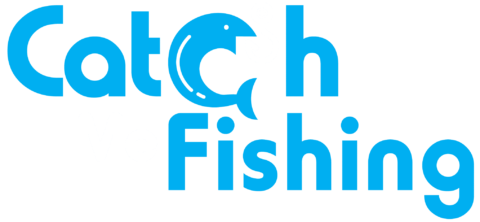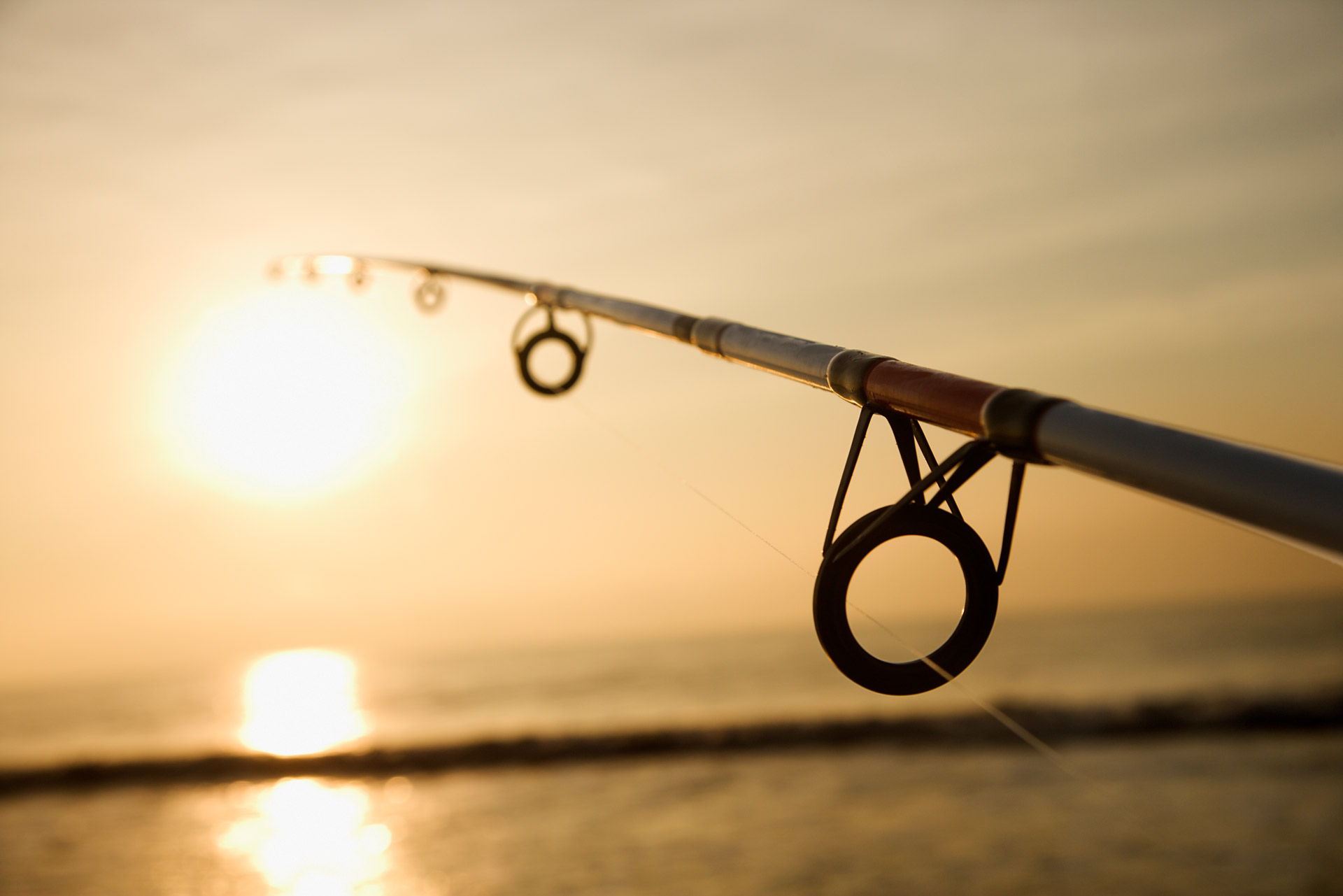Float Fishing Made Easy: The Ultimate Guide for Beginners
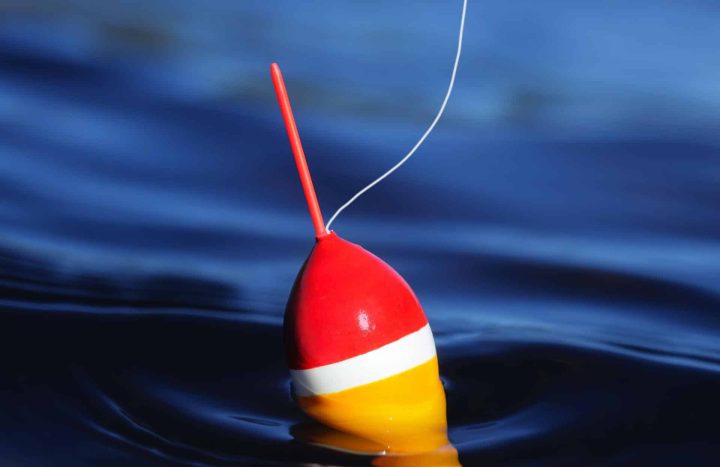
So, you're interested in float fishing for trout in rivers, but you're not quite sure where to start? Well, fear not! This article is here to guide you through the ins and outs of this popular method.
With the right gear and techniques, you'll be reeling in trout like a pro in no time. From choosing the perfect bait to mastering your float fishing setup, we've got you covered.
So grab your rod, get ready to cast off, and let's dive into the exciting world of float or as some people would call it: bobber fishing!
Key Takeaways
- Choosing the right equipment and setup is crucial for successful float fishing for trout.
- Understanding the factors to consider, such as suitable rivers, bait placement, and controlling speed, can significantly increase your chances of catching more fish.
- Using the right floats for trout fishing is essential, and Drennan Loafer floats are recommended for their benefits.
- The float fishing leader, including float caps and accurate ratings, plays a vital role in securing floats and achieving desired drift.
Essential Float Fishing Gear
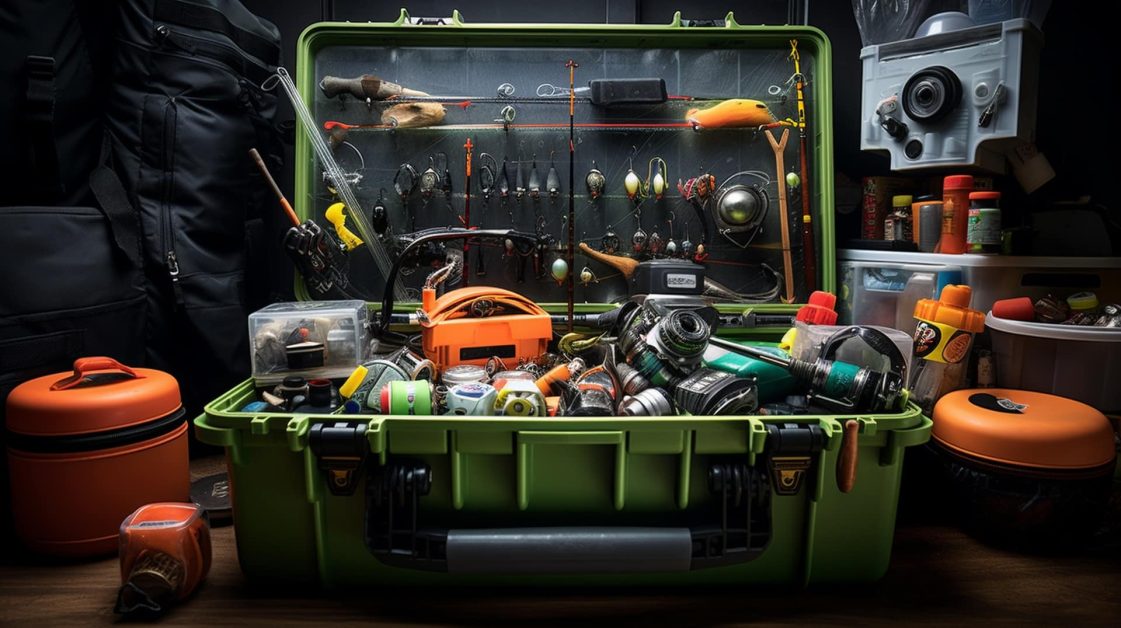
When it comes to bobber fishing, there are several key points that you need to consider in order to have a successful and enjoyable experience.
One of these important aspects is the float fishing leader, which plays a crucial role in presenting your bait effectively.
Additionally, choosing a suitable fishing line is essential for ensuring that you have the right strength and visibility for your specific fishing conditions.
Furthermore, understanding how to set up a proper float rig and selecting the right hooks can greatly impact your chances of hooking into fish.
Float Fishing Leader
The float fishing leader is an important component of your setup for float fishing for trout. It's crucial to choose the right leader material and accurately rate its strength. A well-chosen leader will ensure that your line remains invisible in the water, increasing your chances of a successful catch.
When selecting a float fishing leader, consider using fluorocarbon material. It has excellent invisibility properties and is resistant to abrasion. Look for leaders with accurate ratings that match the strength of your mainline. This will prevent break-offs and provide optimal performance.
Quality fluorocarbon leaders are designed to handle the challenges of trout fishing. They offer both durability and stealthiness. Additionally, don't forget to secure your floats with float caps. This will prevent them from sliding up or down the leader during casting or retrieving.
With the right float fishing leader and proper setup, you can enjoy freedom on the water while targeting trout with confidence.
Choosing Suitable Fishing Line
To ensure optimal performance and successful catches, it's important to choose the right fishing line for your float fishing setup. Fishing line selection plays a crucial role in float fishing techniques.
When selecting your fishing line, consider factors such as the type of river you'll be fishing in, the size and species of fish you're targeting, as well as your bait selection. For rivers with strong currents, opt for a heavier test line that can withstand the force of the water. On the other hand, if you're fishing in calm waters or targeting smaller fish, a lighter test line will suffice.
It's also important to prioritize safety measures by choosing a reliable and durable line that won't easily break or tangle during casting and reeling. Remember to match your fishing line with the specific needs of your float fishing setup to enhance your chances of success on the water.
Float Rig
Choose the appropriate leader material for your float rig to ensure optimal performance and successful catches. When setting up your float fishing rig, it's important to select a leader material that suits your needs.
Fluorocarbon leaders are highly recommended for their invisibility in water and superior strength. They offer excellent abrasion resistance, which is crucial when fishing in rivers with rocky bottoms or submerged vegetation. Additionally, fluorocarbon leaders have a higher density than water, allowing them to sink quickly and maintain a natural presentation of your bait.
To maximize success, consider the river you'll be fishing in. Different rivers may require different leader lengths and weights to achieve the desired drift. It's also essential to choose suitable bait that matches the preferences of the fish species you're targeting. By combining these factors with essential float fishing gear such as hooks, swivels, and weights, you'll be well-equipped for a productive day on the water.
Hooks
When using hooks for float fishing, it's important to consider the size and type that will best suit your bait and target species. The right hook selection can greatly enhance your float fishing techniques and increase your chances of success.
For river selection tips, look for areas with slow-moving or still water where floats can be easily seen. When choosing a suitable fishing line, opt for a strong and durable line that can withstand the pressure of larger fish.
Effective balloon fishing tactics involve using inflated balloons as floats to cover larger areas of water, allowing the bait to be carried far from shore by wind currents.
Setting Up the Float Rig

Setting up the float fishing rig requires selecting the right rod, reel, line, and leader setup.
Here are some key tips to help you with your float rig setup:
- Choose a lightweight rod that is sensitive enough to detect bites but has enough backbone to handle larger fish.
- Pair your rod with a reel that has smooth drag and can hold an adequate amount of line.
- Use a mainline that is specifically designed for float fishing, as it offers better buoyancy and visibility.
Proper Bait Selection:
- Experiment with different baits to determine what the fish are biting on. Some popular options include worms, maggots, and small pieces of bread or cheese.
- Consider using bait additives such as scents or attractants to enhance your bait's effectiveness.
River Selection Tips:
- Look for rivers with slower currents and deeper pools where trout tend to congregate.
- Avoid rivers with heavy boat traffic or excessive vegetation that may hinder your casting.
By following these basic float fishing techniques and incorporating advanced float fishing tactics like controlled depth fishing with slip floats or drift fishing for natural bait presentation, you'll be well on your way to a successful day on the water.
Remember to enjoy the freedom of being out in nature and have fun exploring different rivers for optimal fishing experiences.
Choosing the Right Bait for Float Fishing
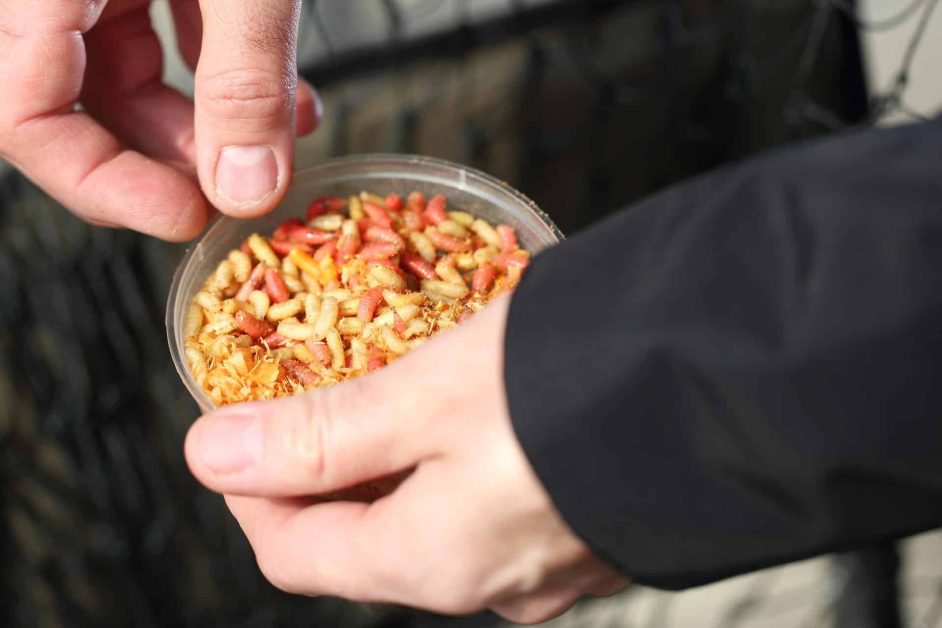
Now that you have your float rig all set up and ready to go, it's time to focus on choosing the right bait for float fishing. The type of bait you choose can greatly impact your success on the water. To help you make the best choice, I've provided some tips and strategies below:
| Bait Selection Tips | Bait Presentation Techniques |
|---|---|
| - Consider the fish species you are targeting and their preferred food sources. | - Use a variety of bait sizes to attract different-sized fish. |
| - Research local fishing reports or talk to fellow anglers for insights on effective baits in the area. | - Experiment with different bait colors to see what works best in different water conditions. |
| - Live bait such as worms, minnows, or insects can be highly effective for many species of fish. | - Present your bait naturally by adjusting your float depth and casting near cover or structure where fish may be hiding. |
| - Artificial baits like soft plastic lures or flies can also be successful when properly presented. | - Use scent attractants or dip your bait in attractant liquids to enhance its appeal |
By taking these factors into consideration and using effective bait strategies, you'll increase your chances of enticing fish to strike while float fishing. Remember, it's important to adapt your approach based on the conditions and preferences of the fish you're targeting.
Now that we've covered choosing the right bait for float fishing, let's move on to exploring some effective bait presentation techniques that will help improve your success on the water.
River Selection and Best Locations

To increase your chances of success, it's important to choose rivers and specific locations that are ideal for float fishing.
When it comes to fly fishing for trout, understanding their behavior and the river conditions is crucial. Look for rivers with a healthy population of trout and diverse aquatic insect life. Pay attention to water temperature, flow rate, and clarity. These factors can greatly affect the trout's feeding patterns and their willingness to take your bait.
Additionally, consider the accessibility of the river and whether it allows for easy navigation in a drift boat or raft.
As for fishing techniques, mastering the art of presenting your bait naturally and effectively covering water are key skills.
Make sure you have the right float fishing equipment including a suitable rod and reel combo, line designed for float fishing, proper floats that suit different river conditions, as well as appropriate leader setups with weights and hooks.
Basic Float Fishing Techniques
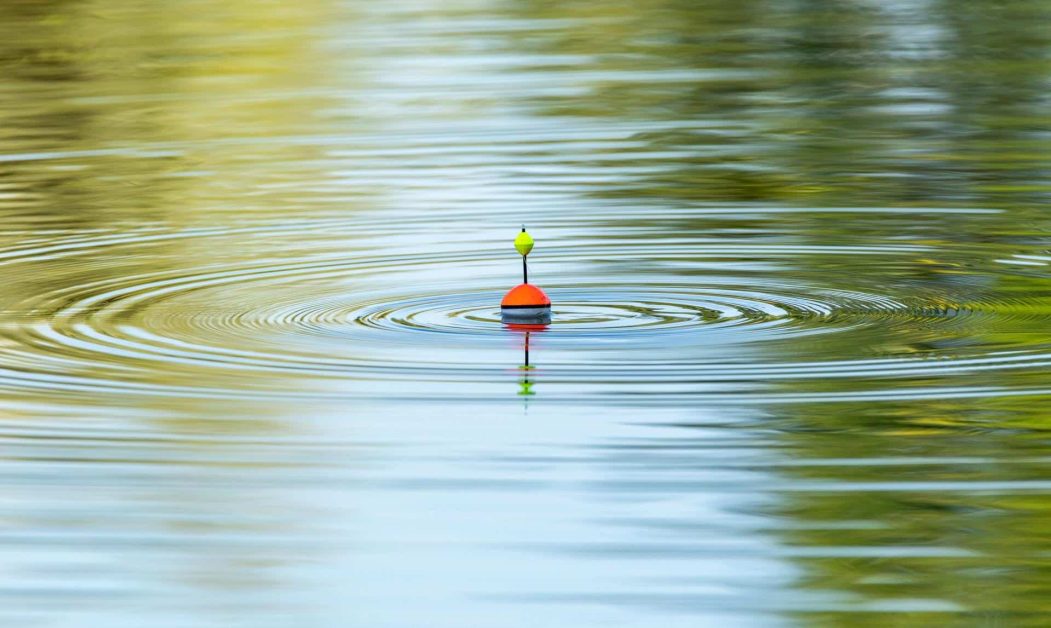
Mastering the art of presenting your bait naturally and effectively covering water are key skills in float fishing for trout. Finding the right float is crucial for achieving a successful drift. Choose a float that matches the conditions and allows you to detect subtle bites.
Proper bait selection is equally important. Consider using live bait such as worms or minnows, or opt for artificial baits like spinners or flies.
Techniques for covering water involve strategically casting your line and allowing it to drift with the current, ensuring your bait travels through prime feeding areas.
Choosing the right fishing line is essential for optimal performance. A light monofilament or fluorocarbon line provides sensitivity and stealthiness in clear waters, while a braided line offers strength and control in faster currents.
Tips for adjusting weight and drift include adding split shots or sinkers to achieve the desired depth and controlling the speed of your presentation by mending your line upstream or downstream.
Master these techniques, and you'll increase your chances of hooking into more trout during your next float fishing adventure.
Advanced Float Tactics
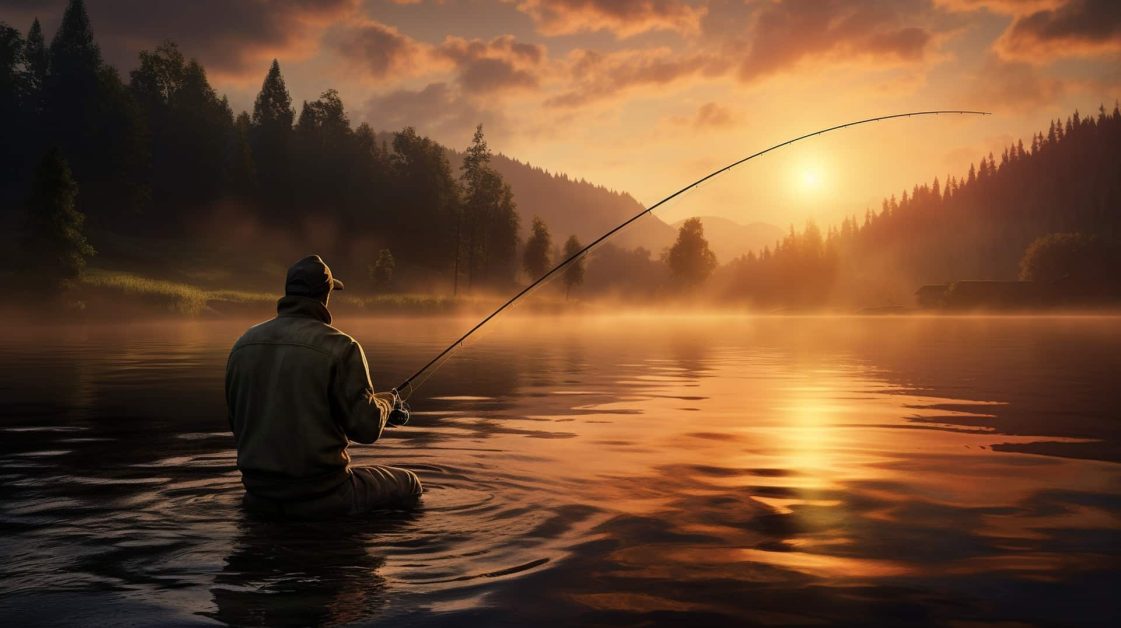
When it comes to advanced bobber fishing tactics, there are three key techniques that can take your fishing game to the next level.
First, controlled depth fishing with slip floats allows you to discreetly control the depth at which your bait is presented, increasing your chances of enticing a bite.
Next, mastering drift fishing techniques enables you to present natural bait in a way that mimics the current, fooling even the most cautious fish.
Lastly, effective balloon fishing tactics are particularly useful for covering larger areas of water and targeting species that prefer to feed near the surface.
Controlled Depth Fishing Techniques
Using slip floats is a discreet way to control the depth of your bait while float fishing.
When it comes to controlled depth fishing techniques, having the right gear essentials is crucial. Start by selecting a suitable fishing line that matches your intended target species and fishing conditions.
Next, set up your float rig by attaching the slip float to your mainline with a stop knot or bead. Adjust the position of the stop knot or bead to determine the desired depth for your bait.
Finally, choose the right bait based on the preferences of your target species and adjust accordingly as you experiment throughout your fishing session.
With slip floats, you have the freedom to easily modify and fine-tune your bait's depth, allowing you to effectively target fish at different water levels and increase your chances of success on the water.
Drift Fishing Mastery
To master the art of drift fishing, you'll need to focus on honing your boat maneuvering skills and maintaining proper communication with your guide and fellow anglers.
Drift fishing is a technique that allows you to cover a large area of water while presenting your bait in a natural and enticing manner. It requires advanced float tactics and controlled depth fishing techniques.
As you drift along the river or lake, it's important to plan your trip accordingly, taking into account factors such as current speed, wind direction, and potential obstacles. Effective balloon fishing can also be incorporated into your drift fishing strategy, allowing you to cover even larger areas of water.
Effective Balloon Fishing Tactics
Balloon fishing with inflatables is a unique and effective tactic for covering larger areas of water. It allows you to maximize your chances of catching fish by utilizing the wind currents to carry your bait far from shore.
Here are some balloon fishing techniques to help you succeed:
- Selecting suitable bait: Choose bait that is attractive to the target species you're after. Whether it's live bait, artificial lures, or cut bait, make sure it can withstand being carried by the balloon without falling apart.
- Effective river selection: Look for rivers with steady wind currents and minimal obstacles that could cause your balloon to get tangled or caught. This will ensure a smooth and productive fishing experience.
- Advanced float tactics: Use balloons in conjunction with other float fishing techniques, such as slip floats or controlled depth fishing, to maximize your chances of success. This combination of tactics will allow you to cover more water effectively and increase your chances of hooking into fish.
Remember to prioritize safety and communication when balloon fishing. Keep an eye on changing weather conditions and communicate with fellow anglers about any changes in plans or potential hazards.
With these tips in mind, embrace the freedom that comes with balloon fishing and enjoy the thrill of casting your line across vast stretches of water.
Types of Fishing Floats
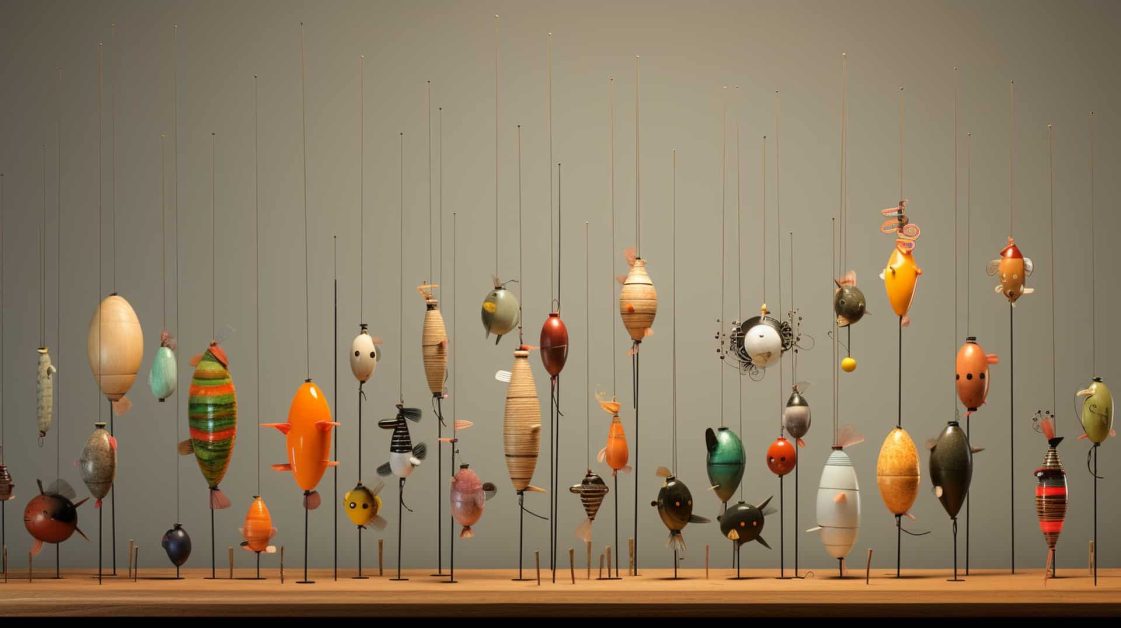
When it comes to float fishing, understanding the different types of fishing floats is crucial.
Round fishing floats are the most common and affordable option, but they may not offer the same visibility and control as other types.
Pencil floats, on the other hand, provide a thin elongated profile that makes them easier to see and reduces drag, making them a popular choice among experienced anglers.
Slip floats are great for controlling bait depth discreetly, as they slide on the line and stop at a designated knot.
Weighted floats can be advantageous when casting for added weight or using water-filled hollows for adjustable depth control.
Lastly, lighted floats are perfect for night fishing with their battery-operated or glow-in-the-dark capabilities.
Understanding Round Fishing Floats
You can easily spot round fishing floats as they are the most common and simple type to use. While they may be popular, there are some disadvantages to using them. One drawback is that round floats can create more drag in the water compared to other types of floats, which can make it harder for you to detect bites. Additionally, their shape makes them less stable in rough waters, potentially causing your bait to move around too much.
When using round floats, it's important to choose suitable bait that will stay securely on the hook and not easily wash away. Worms and small pieces of fish are commonly used with round floats due to their versatility and ability to attract a variety of fish species.
To improve your float fishing techniques, consider using pencil floats instead. Pencil floats have a thin elongated profile that makes them easier to see from a distance and reduces drag in the water. This allows for better bite detection and more accurate control over the depth at which your bait is presented.
Float fishing safety should always be a priority. Make sure your float is securely attached to your line and that you have enough weight added below it to keep it stable in the water. It's also important to use appropriate tackle for the size of fish you're targeting.
Benefits of Pencil Floats
Using pencil floats for float fishing offers several benefits. First, pencil floats have a thin elongated profile that makes them easier to see on the water compared to round fishing floats. This increased visibility allows you to track the movement of your float more accurately, ensuring that you don't miss any subtle bites.
Second, the slim design of pencil floats creates less drag in the water, allowing for smoother drifts and better line control. This reduction in drag means that your bait will move more naturally and be less likely to spook fish.
Finally, pencil floats provide better control over the depth at which your bait is presented. You can easily adjust the depth by simply moving the stop knot on your line. This level of control is essential when targeting specific species or fishing in varying water depths.
Utilizing Slip Floats Effectively
To effectively utilize slip floats, start by adjusting the stop knot on your line to control the depth at which your bait is presented. Slip float techniques allow for precise adjustments and offer several advantages in float fishing.
Here are four key points to consider:
- Slip float setup: With a slip float, you can easily adjust the depth of your bait without retying knots or changing floats. This versatility allows you to target fish at different depths quickly and efficiently.
- Slip float advantages: The main advantage of using a slip float is the ability to present your bait at various depths, increasing your chances of enticing bites from different species of fish. It also provides better sensitivity when detecting subtle strikes.
- Slip float disadvantages: One potential drawback of using a slip float is that it requires more skill and practice to properly set up and adjust compared to other types of floats. Additionally, if not adjusted correctly, the stop knot may slide down the line during casting or retrieving.
- Slip float adjustments: To fine-tune your slip float setup, experiment with different weights and lengths between the stop knot and hook until you find the optimal balance for your desired presentation depth.
Advantages of Weighted Floats
When using weighted floats, you'll experience the advantage of added casting weight for longer distances and increased control over your bait's presentation depth. Weighted floats are essential gear for float fishing, providing a multitude of advantages.
With their embedded lead, these floats offer the extra weight needed to cast your line further into the water, allowing you to reach those elusive trout hiding in deeper pockets. Additionally, the added weight helps to control the depth at which your bait is presented, ensuring that it stays in the strike zone for longer periods.
To fully utilize the benefits of weighted floats, it is important to pair them with a suitable fishing line and a well-designed float fishing leader. By incorporating these essential elements into your setup, you will have the freedom to explore different depths and cover more water effectively in search of trophy trout.
Lighted Floats for Night Fishing
Lighted floats, equipped with batteries or glow in the dark capabilities, are a popular choice for anglers who enjoy night fishing.
These specialized floats offer several advantages for nighttime angling:
- Enhanced visibility: The bright lights on the float make it easier to track your line and see when a fish takes the bait.
- Attractiveness to fish: The glowing or illuminated float can act as a beacon, attracting curious fish to investigate your bait.
- Improved bite detection: With a lighted float, you can more easily spot subtle movements or dips that indicate a fish is biting.
When using lighted floats for night fishing, it's important to choose the right size based on your target species and the weight of your bait. Additionally, selecting the best baits for night fishing, such as live minnows or worms, can increase your chances of success.
Incorporating proper night fishing techniques like casting near structure or using slow retrieves will also maximize your results under cover of darkness. So grab your lighted float and experience the freedom of nighttime angling!
Popping Floats: Sound Attraction
Popping floats, made from Styrofoam, create a gurgle or popping sound to attract fish. This unique feature makes them an important tool in float fishing techniques.
When selecting rivers for float fishing, it is essential to consider the best locations where these floating sounds will be most effective. Planning your trip involves not only choosing the right river but also ensuring safety and effective communication with fellow anglers.
As you embark on your float fishing adventure, remember to prioritize safety and be prepared with proper gear and communication devices. By incorporating popping floats into your setup and utilizing their sound attraction capabilities, you can enhance your chances of success in catching fish.
So get out there, explore different river locations, plan your trip carefully, and enjoy the freedom that float fishing offers while using these innovative popping floats.
Inflatable Balloon Floats Usage
Now that you have explored the fascinating world of popping floats and their ability to attract fish with sound, let's delve into a unique technique that offers a different approach to float fishing: inflatable balloon floats.
These innovative floats can be used in conjunction with your float fishing gear to enhance your fishing experience. Here are four key points about using inflatable balloon floats:
- Balloon Fishing Techniques: Inflatable balloon floats are commonly employed in saltwater and for targeting larger fish as bait. By attaching your bait to an inflated balloon, you can utilize wind currents to carry it far from shore, increasing your chances of attracting fish.
- Balloon Fishing Advantages: The use of inflatable balloons provides several advantages. They allow you to cover larger areas of water compared to traditional floating methods, giving you greater access to potential hotspots. Additionally, when a fish strikes the bait, the balloon breaks, signaling a bite and allowing for swift retrieval.
- Float Fishing Gear Compatibility: Incorporating inflatable balloon floats into your float fishing setup is relatively straightforward. Simply attach the inflated balloon securely to your line using appropriate knots or attachments.
- River Selection: When employing inflatable balloon floats, it is essential to choose rivers or bodies of water with adequate wind currents that can carry the baited balloons away from shore effectively.
Using this unconventional approach can provide an exciting and effective alternative for float fishing enthusiasts seeking new challenges and opportunities on the water. So why not give it a try? Embrace the freedom of exploration and experimentation by incorporating inflatable balloon floats into your next fishing adventure!
Planning the Trip

When it comes to float fishing for trout, safety and communication are key points that should not be overlooked.
Ensuring the safety of yourself and your fellow anglers should be a top priority, especially when maneuvering the boat and approaching obstacles.
Effective communication with your guide and fellow anglers is crucial in order to coordinate fishing plans, share information, and optimize the overall fishing experience.
Safety and Communication
If you want to enhance your fishing experience, prioritize safety and communicate effectively with the guide and fellow anglers. Maneuverability techniques are essential for navigating the waters smoothly. Point the bow of the boat at obstacles for easier maneuverability, and use the clock system to communicate with passengers.
Positioning the boat at a 45-degree angle to the bank allows for better obstacle avoidance. Always keep an eye on the river for rising fish and upcoming obstacles. Safety and gear stowage go hand in hand. Prioritize safety by knowing where the lifejackets are stowed and keeping gear securely stored, especially in rafts with dry bags.
Communication strategies are crucial for a successful fishing trip. Ask questions, inform fellow anglers about your plans or changes, and coordinate effectively with the guide and other anglers. Utilize features like onWater app's tools and information to optimize your fishing experience.
Float fishing offers numerous benefits, such as covering water effectively, handling larger rivers with ease, positioning yourself for optimal fish-catching opportunities, enjoying a unique fishing experience, appreciating its effectiveness and versatility as a fishing method.
Conclusion
In conclusion, float fishing for trout in rivers requires the right equipment, setup, and techniques. By using a suitable rod and reel, along with a proper leader setup and bait selection, you can increase your chances of success.
Choosing the right river location and employing basic float fishing techniques will help you effectively cover the water and find the strike zone. With advanced float tactics and knowledge of different types of floats, you can further enhance your fishing experience.
So why wait? Dive into the world of float fishing and discover the thrill of catching trout in rivers like a pro!
We also have an article on fly fishing for trout, if you would like to test your skill at fly fishing!


